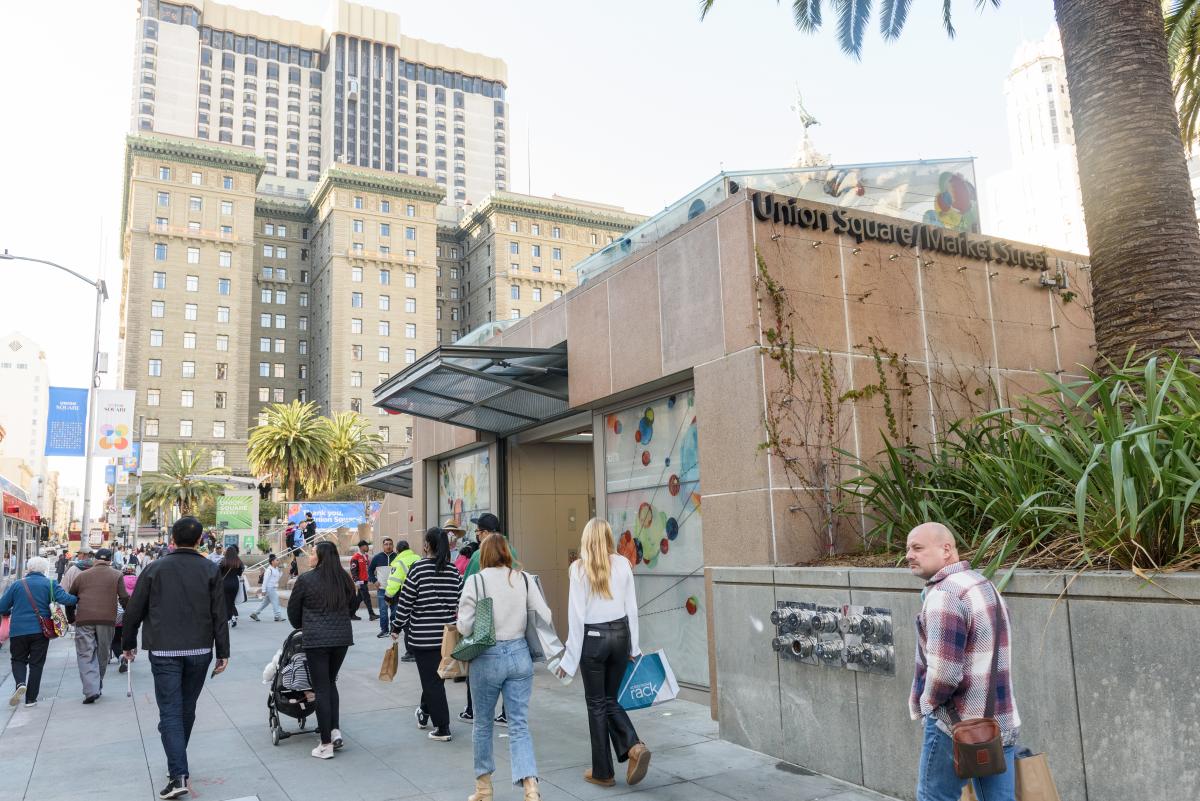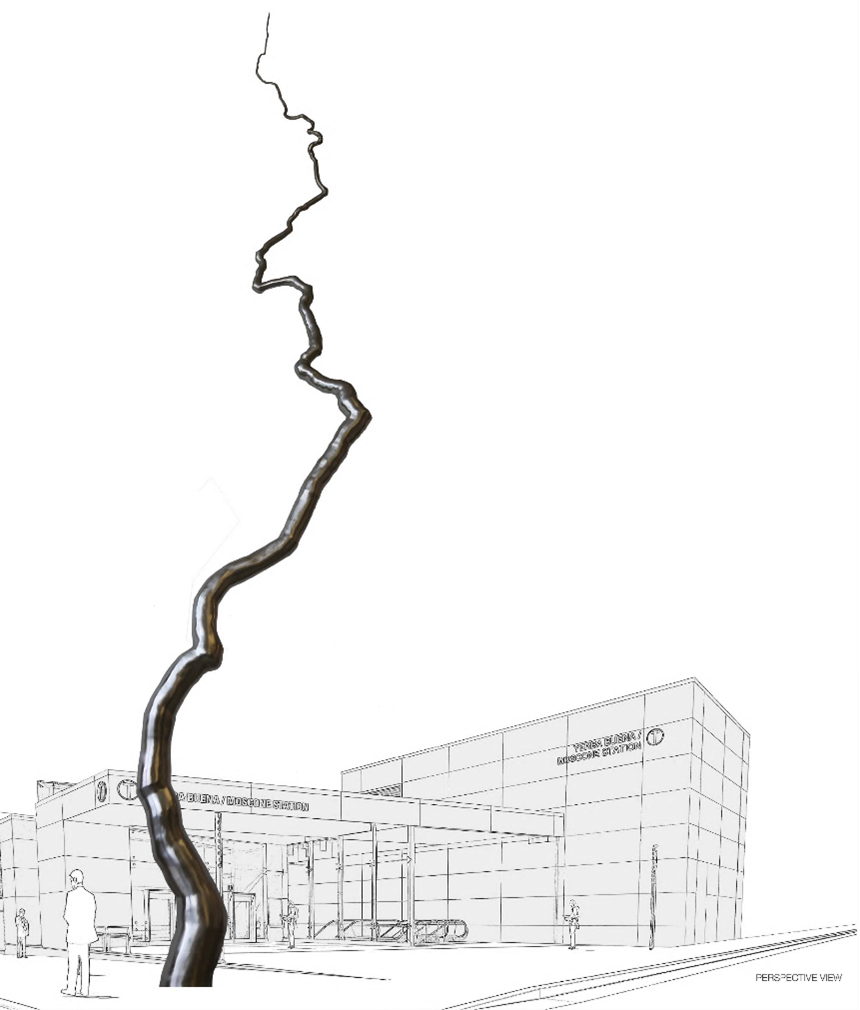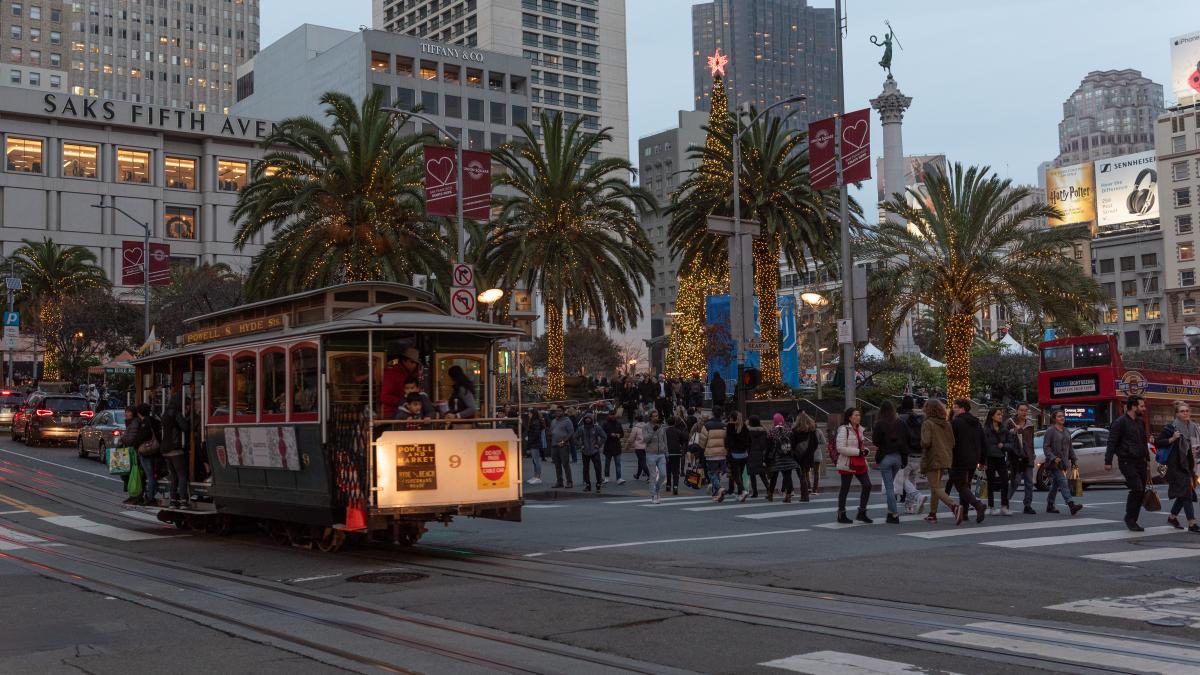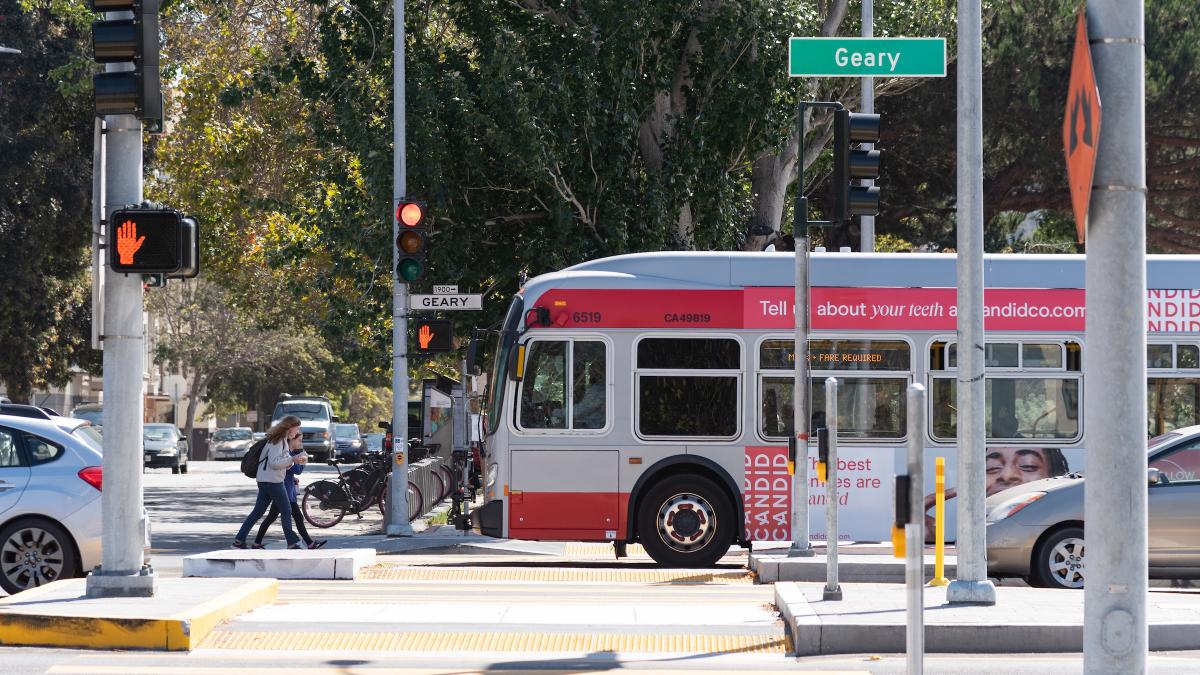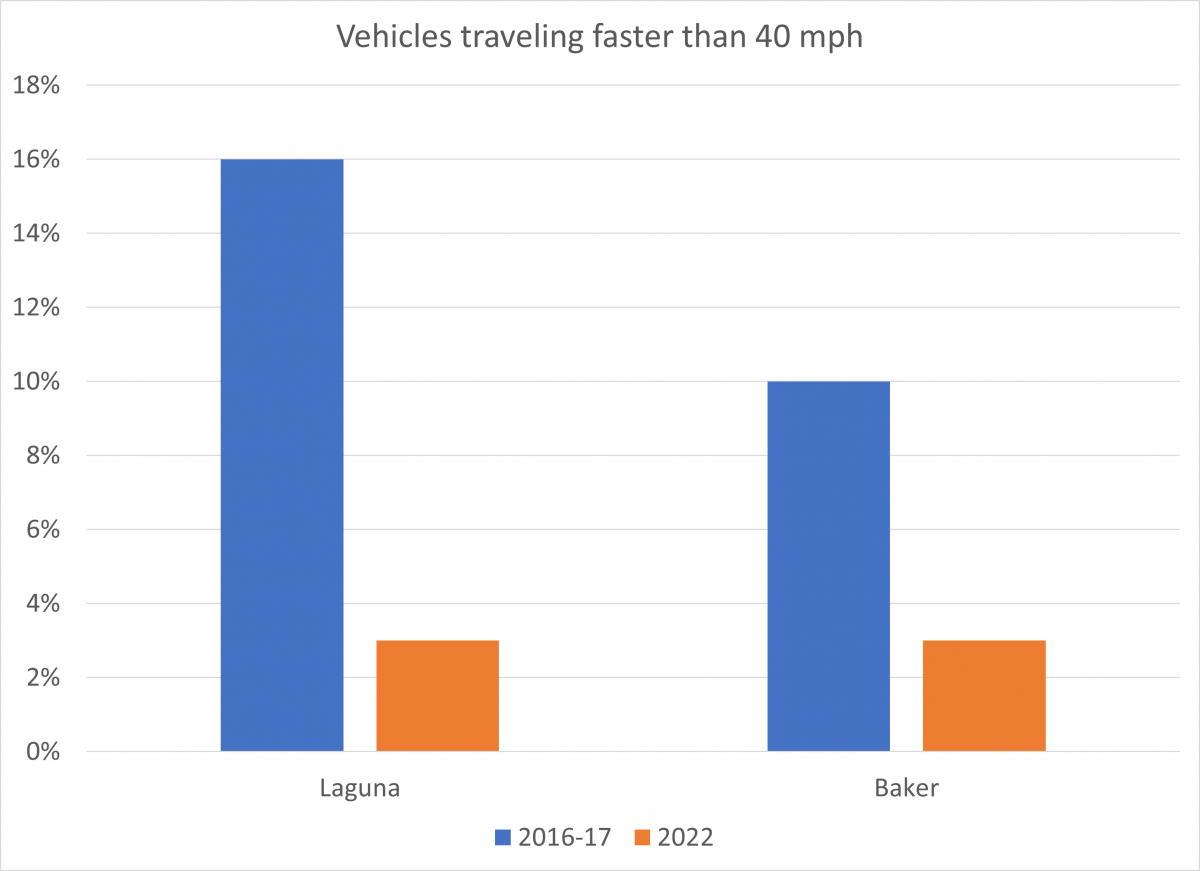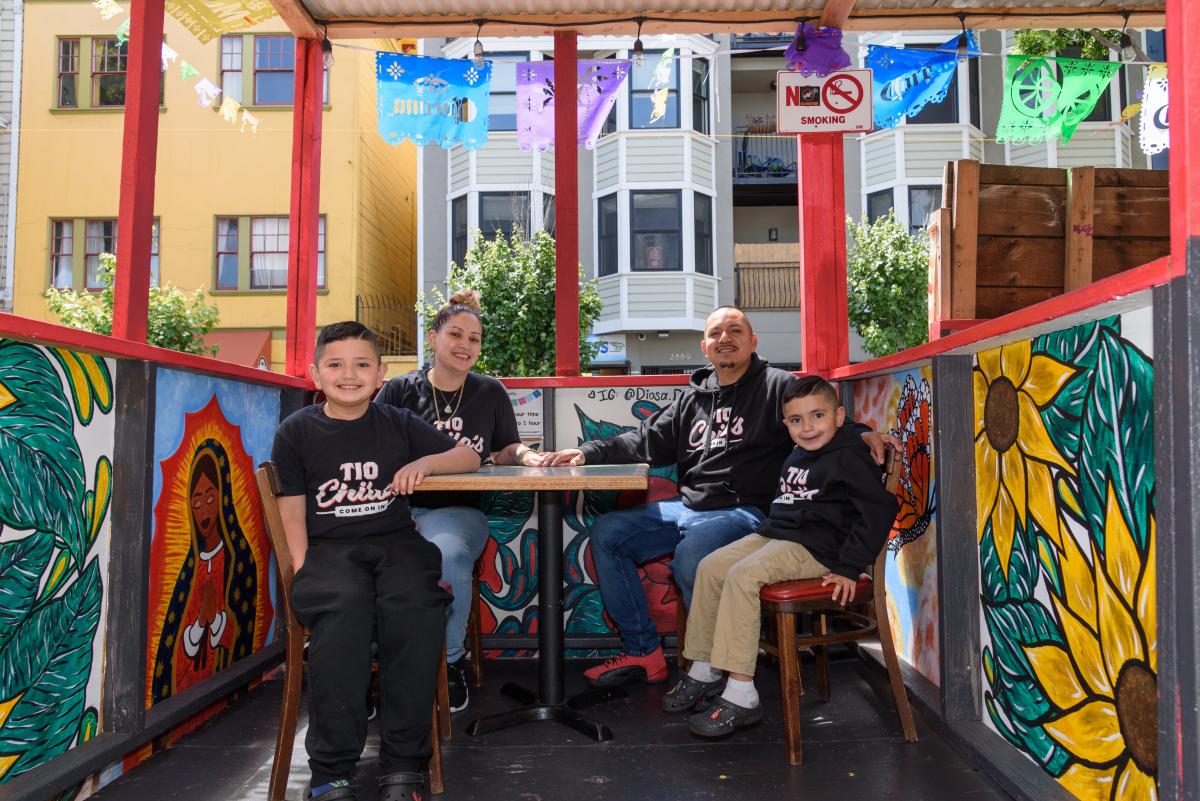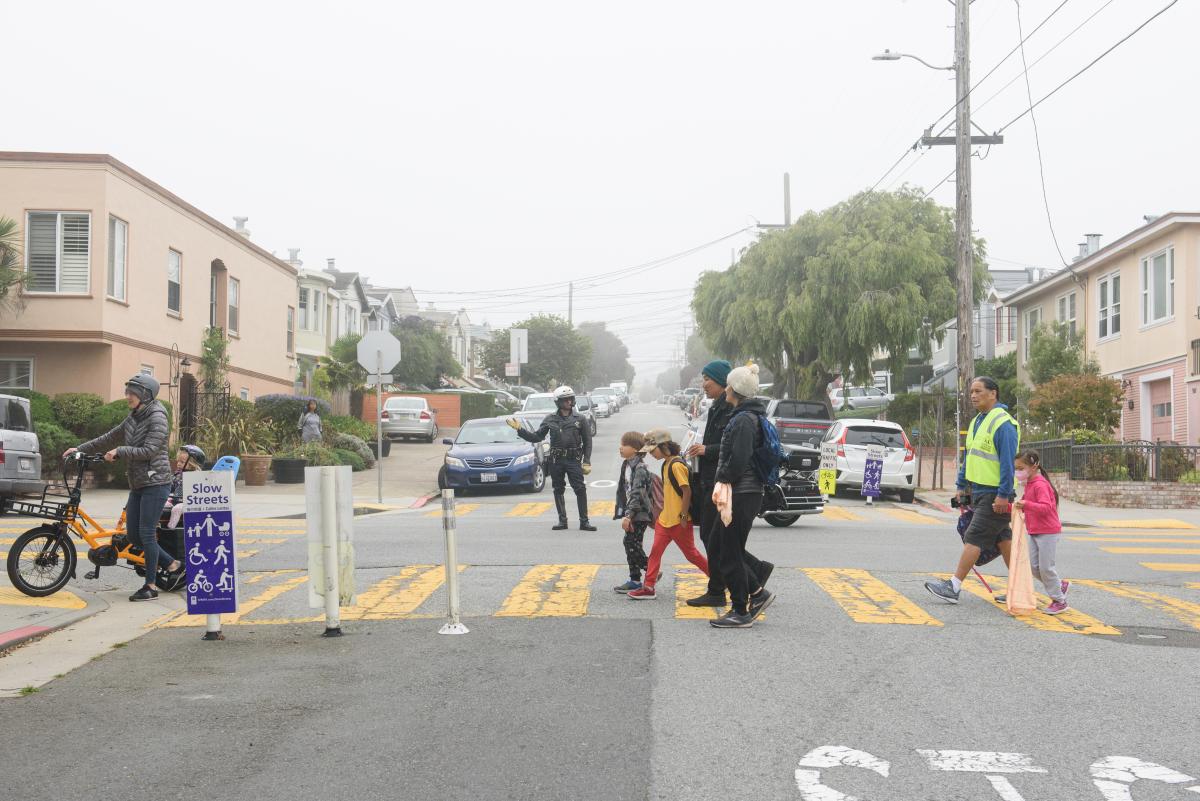By Stephen Chun
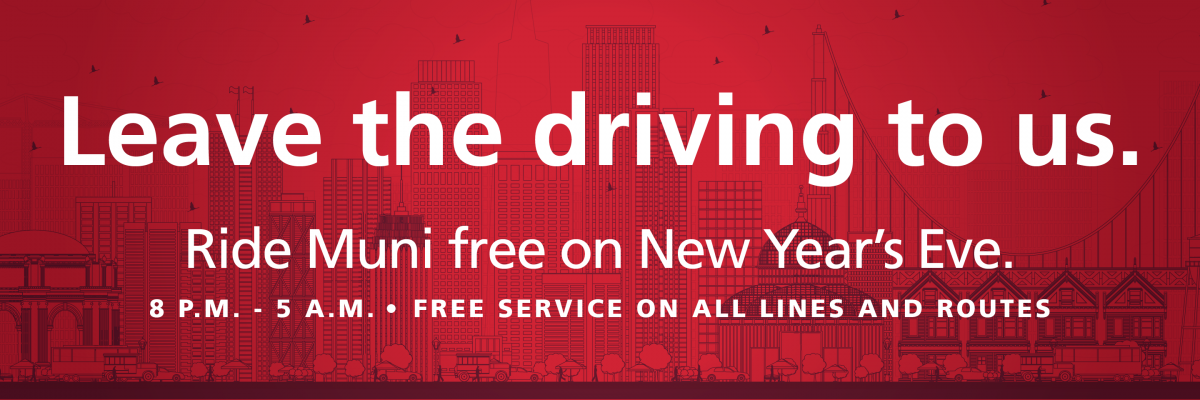
For the 23rd consecutive year, the San Francisco Municipal Transportation Agency (SFMTA) will offer free rides on New Year’s Eve from 8 p.m. on Saturday, December 31 through 5 a.m. on Sunday, January 1. Extra Muni Metro Subway Service will be provided from 8 p.m. Saturday to 2:15 a.m. Sunday. Extra Owl Service will be provided from 10 p.m. Saturday to 5 a.m. Sunday
This program supports San Francisco’s Vision Zero goal to eliminate traffic fatalities.
Ride Muni Free New Year’s Eve includes all Muni lines and routes. Clipper Card customers should NOT tap their cards to make sure they don’t get charged a fare. Muni Mobile passes will not be necessary. Metro fare gates will be open that night. All information, including schedules and stops, will be posted on New Year's Eve Free Muni and Extra Service or SFMTA.com/NYE. Clipper Card customers should NOT tap their cards to make sure they don’t get charged a fare.
Don’t drink and drive, let Muni do the driving.
New Year's Eve Muni Service
- Complimentary Muni service from 8 p.m. Saturday, December 31 to 5 a.m. Sunday, January 1.
- Please do not tag your Clipper® card. If you tag it, you will be charged.
- Please do not activate a MuniMobile ticket. Metro fare gates will be open.
- Extra Muni Metro service:
- Trains between West Portal Station and 4th & King from 8 p.m. to 2:15 a.m.
- Additional trains between West Portal and Embarcadero Station from 8 p.m. to 2:15 a.m.
- Transfer at West Portal Station to OWL bus lines.
- Extra service on the OWL Network, from 10 p.m. to 5 a.m.:
At midnight on New Year’s Eve, a city-sponsored fireworks show from a barge off The Embarcadero, south of the Ferry Building, will take place. Motorists should anticipate delays in the area from approximately 11 p.m. to 1 a.m. and pedestrians are advised to use caution when traveling.
Note: Central Subway will provide free rail shuttle service from Chinatown Rose-Pak to 4th / Brannan St on Saturday, December 31st and Sunday, January 1st from 8 am to 5 pm, instead of midnight. We encourage those planning to use the Central Subway after 5 p.m. this weekend to use the 30 Stockton and 45 Union/Stockton which are scheduled to come every 15-20 minutes. For further information on our staffing & service plans, please visit Central Subway Will Close Early On The Holiday Weekends.
Regional Transit Connections for New Year's Eve
- BART will provide additional service on January 1.
- Full fare pricing will be in effect.
- The last East Bay bound train running through Downtown San Francisco will be at around 1:30am and the last Southbound train heading toward Millbrae will run through Downtown San Francisco at 2:10am.
- For more details & trip times, please visit BART’s New Year’s Eve service article.
- Caltrain service will be running on a Weekend Schedule. For more details, please visit https://www.caltrain.com
- SamTrans service will be from 8 p.m. on December 31 until 3:30 am on January 1. For more details, please visit http://www.samtrans.com
Published December 28, 2022 at 12:33PM
https://ift.tt/9YNlvLk
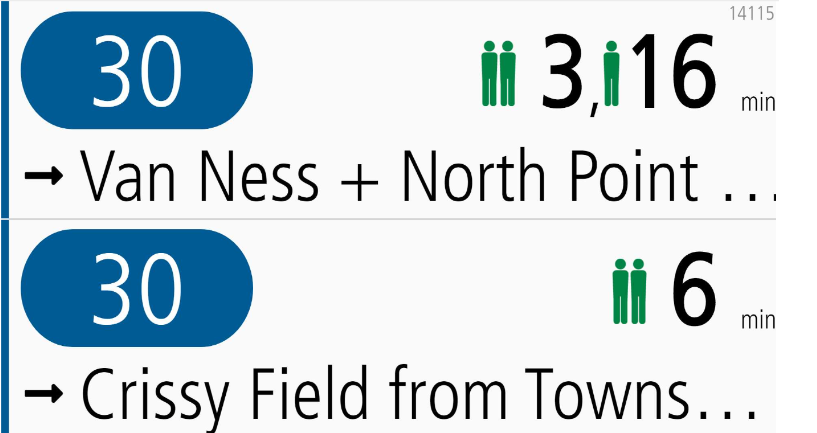
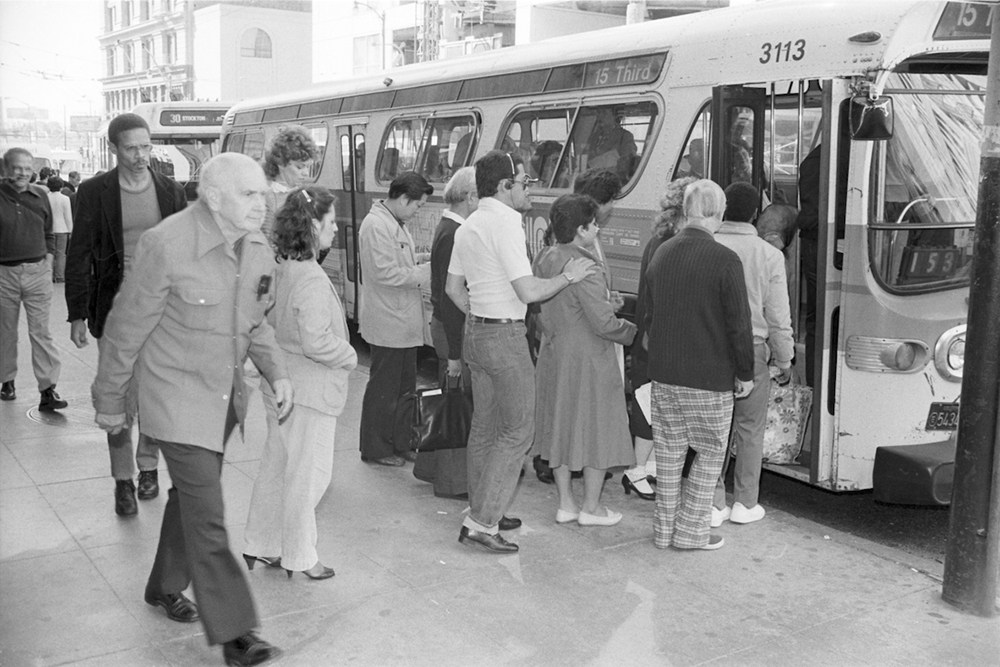 People boarding a 15 Route bus on 3rd Street near Market in 1983. Bus service on the 15 provided critical north-south service through the City’s busiest areas.
People boarding a 15 Route bus on 3rd Street near Market in 1983. Bus service on the 15 provided critical north-south service through the City’s busiest areas. 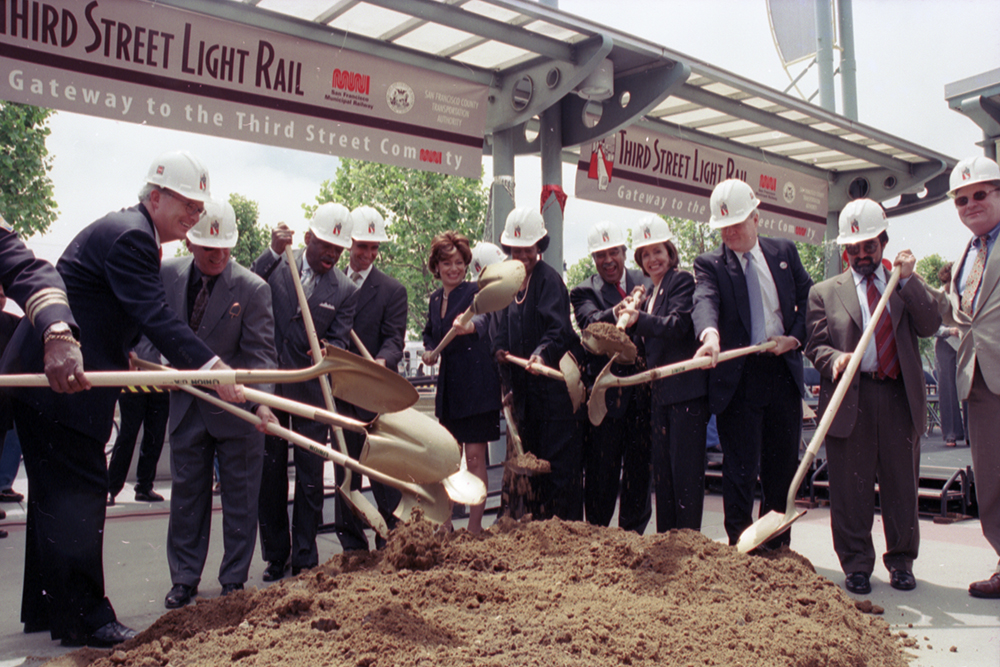
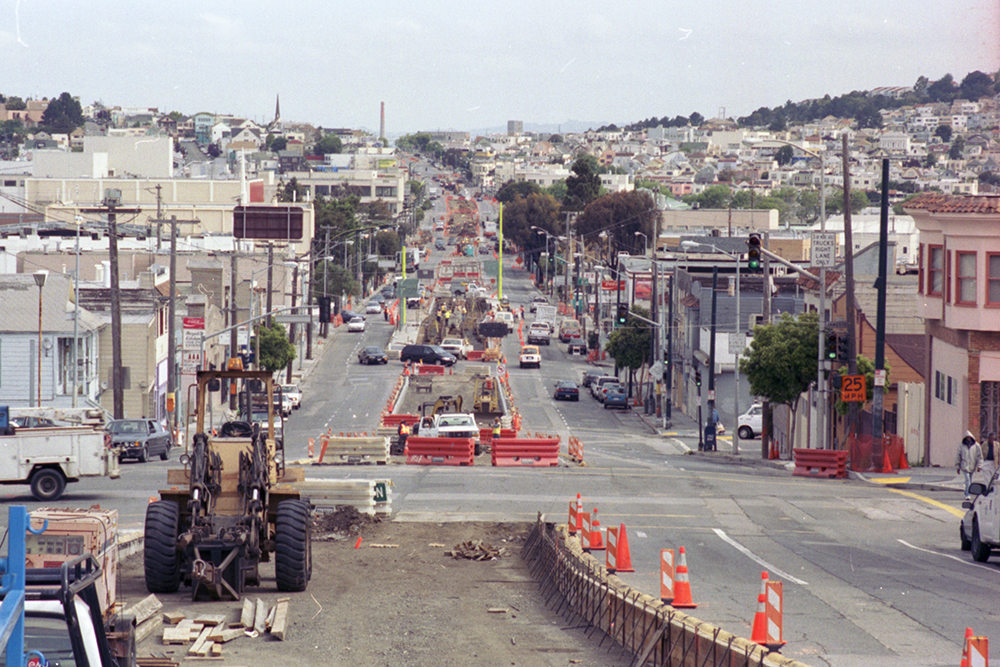 View north along 3rd Street at Jamestown Avenue during construction in 2004.
View north along 3rd Street at Jamestown Avenue during construction in 2004. 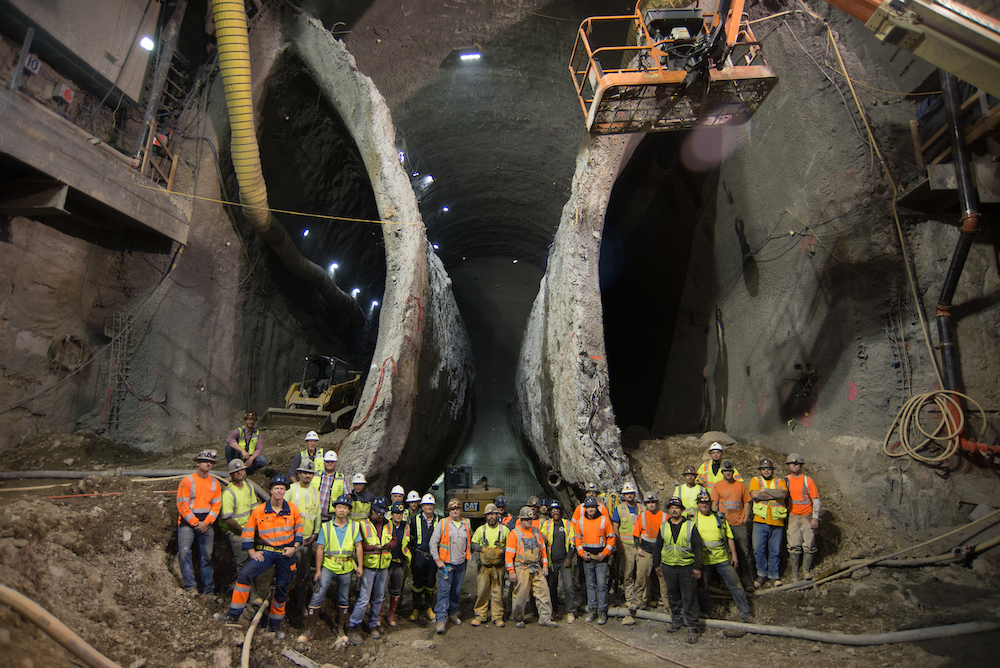 This 2016 photo, taken inside the excavation for Chinatown Station shows the massive scale of the Central Subway Project.
This 2016 photo, taken inside the excavation for Chinatown Station shows the massive scale of the Central Subway Project. 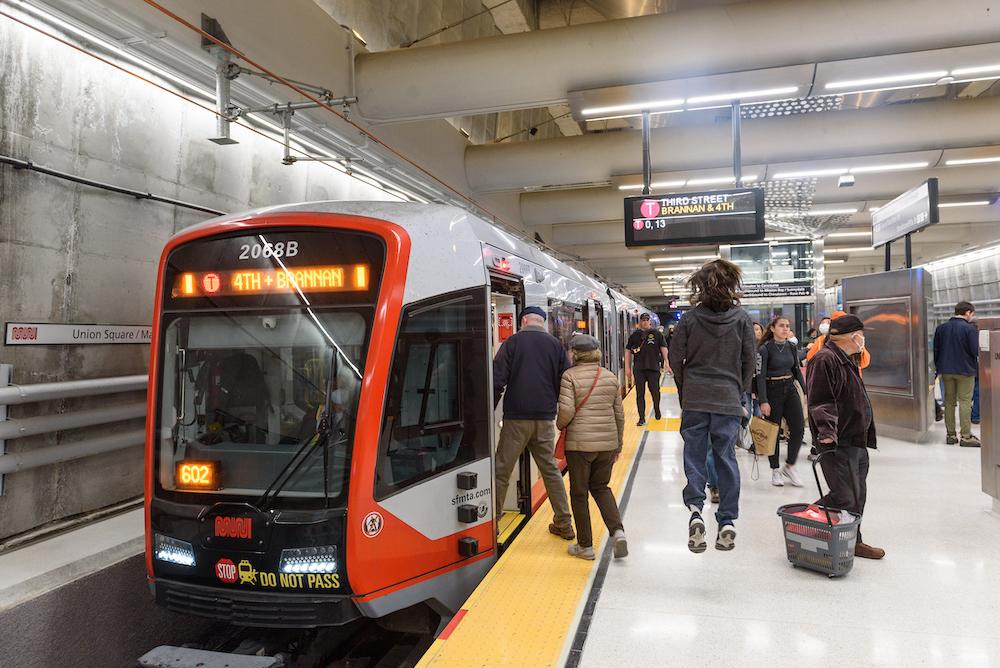 Opening day of the Central Subway on November 19, 2022. Thousands of people came out to see and ride in the long-awaited subway.
Opening day of the Central Subway on November 19, 2022. Thousands of people came out to see and ride in the long-awaited subway. 